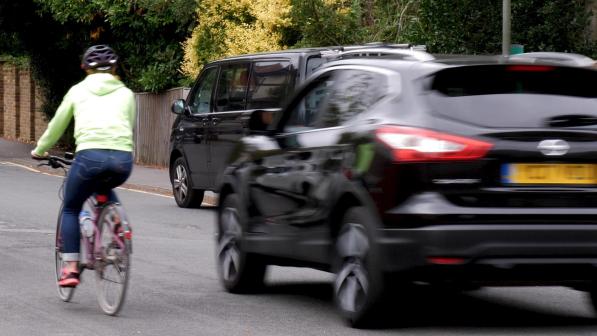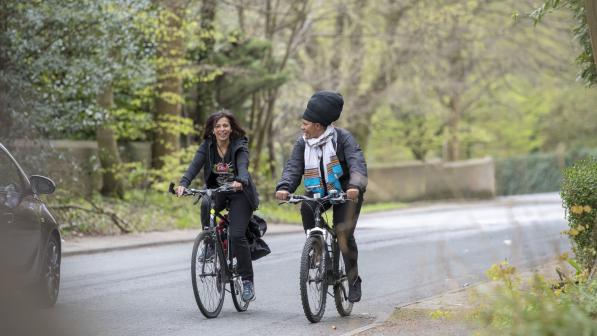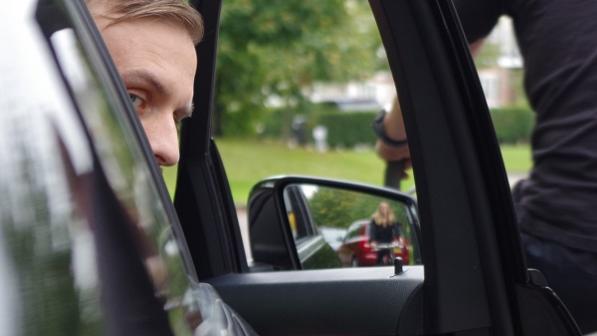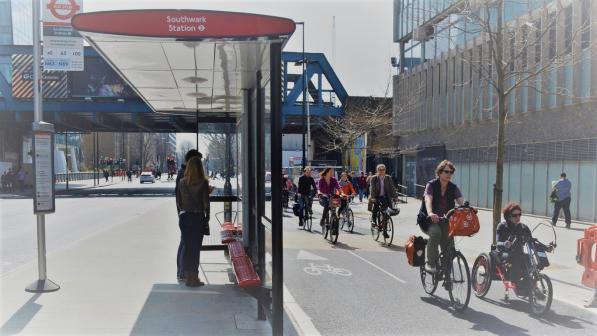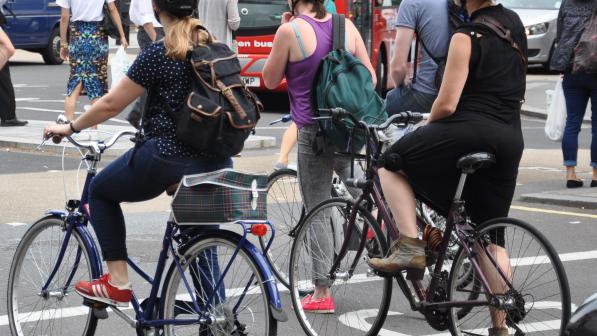Making it safe to cycle: why wouldn’t you?

The Government recently put out a call for evidence to inform its review of cycling and pedestrian safety. That review, initially announced last September as a ‘Cycle Safety Review’, is now intended to complement the aims and ambitions set out in the Government’s Cycling and Walking Investment Strategy (CWIS). Hence it now has a rather clunkier title: ‘Cycling and Walking Investment Strategy: safety review’.
The review started out as a response to the tragic death of Kim Briggs, the woman killed by a fixed wheel bike ridden by Charlie Alliston which, illegally, lacked a front brake.
Soon after Alliston was sentenced, Heidi Alexander – Kim Briggs’s constituency MP – used Prime Minister’s Question Time to urge that cycling offences should be brought into line with motoring offences. In response, Theresa May said the Transport Secretary would doubtless want to look at the matter. My colleague Duncan Dollimore will comment on some implications of this in a later blog.
Meanwhile, when the Department for Transport (DfT) road safety team found this hot potato on its desk, it very sensibly recognised the pitfalls of tackling cycling offences in isolation.
Jesse Norman MP, then newly appointed as the Minister for local transport and road safety, genuinely wants to boost cycling. Despite initial impressions to the contrary, he really didn’t want to make his name as the ‘headline-grabbing’ minister responsible for clamping down on Lycra louts!
So the DfT broadened the task into a full-blown review of all aspects of cycle safety.
However, as the review would now consider “all elements of cycle safety”, it now looked like a massive opportunity for the red top tabloids and sensationalist hacks to insist that anyone who dares to ride a bike should be made to wear helmets and hi-vis, pass cycling tests, have licence plates and insurance and be generally demonised for being so defiant as to ride a bike!
Certainly, that’s what many commentators feared – forcing Jesse Norman to explicitly deny that he was actively considering helmet laws.
So Cycling UK and our allies engaged in what proved to be a very constructive dialogue with DfT officials and with Jesse Norman directly. We were able to persuade him to adopt three key principles in setting up this call for evidence:
- It should be about pedestrian as well as cycle safety. Despite the Minister’s initial fears that this would hugely broaden the scope of the inquiry, we satisfied him that cyclists and pedestrians face a lot of common threats, and that most (though by no means all) of the solutions are beneficial to both groups. We also said it was important to present the review as being about cyclists and pedestrians, not cyclists versus pedestrians. The fact that pedestrian and road safety groups were all making these points alongside us was enormously helpful.
- It should aim for ‘more’, as well as ‘safer’, cycling and walking. The idea that these objectives can, and should, go hand in hand was a key message of Cycling UK’s Safety in Numbers campaign back in 2009. There is good evidence that the safest places to walk and cycle are those with high levels of walking and cycling. However, maximising the health, environmental and other benefits of more and safer cycling requires action to tackle the dangers and fears that deter people from walking and cycling, or allowing their children to do so. This is crucial if the Government is to meet the stated aims of its Cycling and Walking Investment Strategy (CWIS): to normalise cycling and walking for short journeys by 2040, to double cycling trips by 2025, to increase walking trips for school journeys, and to reduce fatal and serious injuries to cyclists and other road users.
- It should be evidence based, focusing on the measures most likely to deliver the CWIS objectives of ‘more’ as well as ‘safer’ cycling. We have pointed out that telling people to wear helmets and hi-vis, making them pass tests and so on is likely to have the opposite effect!
Having persuaded the Minister of these points, and seen them reflected in the ‘call for evidence’, I am now much more confident that the CWIS Safety Review is mainly an opportunity, rather than the threat it might initially have looked like
Roger Geffen, Cycling UK policy director
Having persuaded the Minister of these points, and seen them reflected in the ‘call for evidence’, I am now much more confident that the CWIS Safety Review is mainly an opportunity, rather than the threat it might initially have looked like.
There are still risks, though. Theresa May’s call for a review of cycling offences is still rumbling on in the background. Again, my colleague Duncan Dollimore will have more to say about this in a future blog.
For now, though, we can focus our attention primarily on the wider ‘call for evidence’.
In response, Cycling UK is urging the Government to apply the Safe Systems approach to cycling and pedestrian safety. This is based on aiming for the ultimate goal of eliminating road crashes altogether. This idea hails from Sweden and is known as Vision Zero. DfT adopted the Safe Systems approach in its 2015 Road Safety Statement. The idea is to systematically eliminate all possible sources of risk, focusing on:
- Safer roads and junctions
- Safe road users
- Safe speeds
- Safe vehicles
Cycling UK has put together a summary response – Cycle safety: make it simple. Its 13 key recommendations, and the more detailed proposals to be spelled out in our full response, reflect this Safe Systems approach.
They include solutions such as: developing high-quality infrastructure (particularly for faster and busier roads and junctions); revising the Highway Code; strengthening the framework of road traffic offences and penalties; adopting safer lorry designs; and putting in place the targets and funding needed to implement all of the above.
The point about targets and funding has required us to add a fifth heading – Safe Systems management – which also encompasses learning from road crash investigations, transparent information about the justice system’s response to road collisions, and compensation for road crash victims (which is also a matter for a later blog).
Meanwhile, on the ‘Cycle safety: make it simple’ campaign page, you can add your support for our response to the review, and also keep up to date with the campaign.
Jesse Norman and his DfT officials particularly want to hear from people who currently do not cycle, or who have recently taken up cycling. They want to know what deters you from cycling (or from cycling more than you currently do), and what solutions could help you to do so. If you have answers to these questions based on your own personal experiences, do please include them in your response.
Cycling safely should indeed be simple, and our booklet includes plenty of solutions that could be adopted very simply. What we now need is the political will to implement them!
